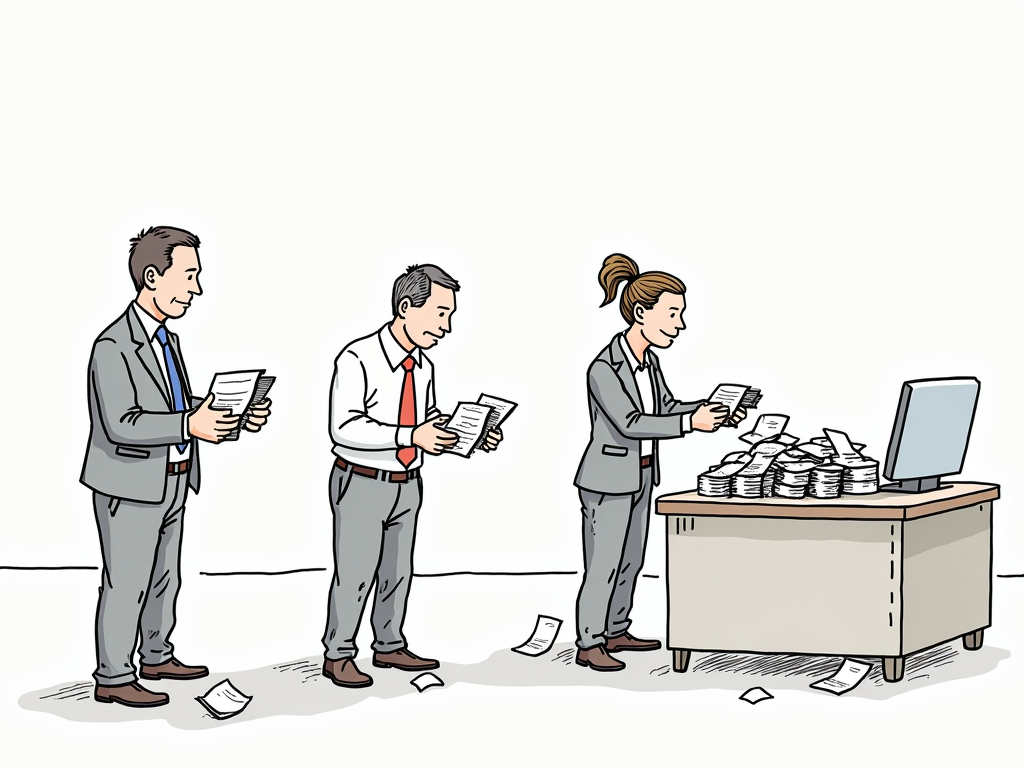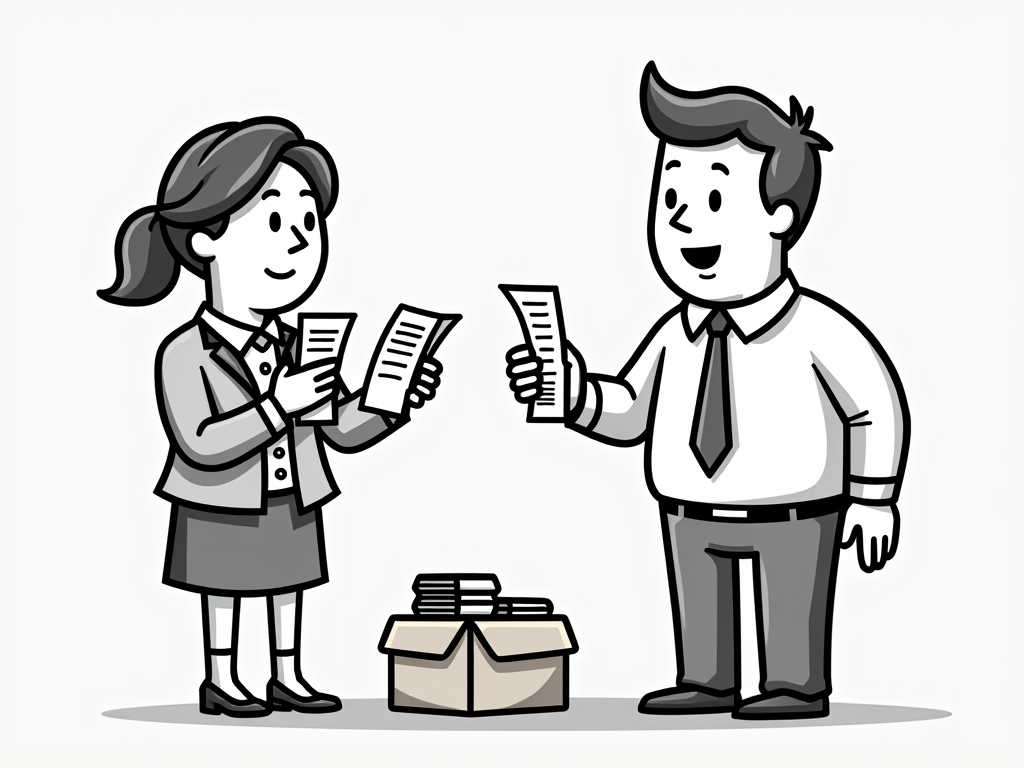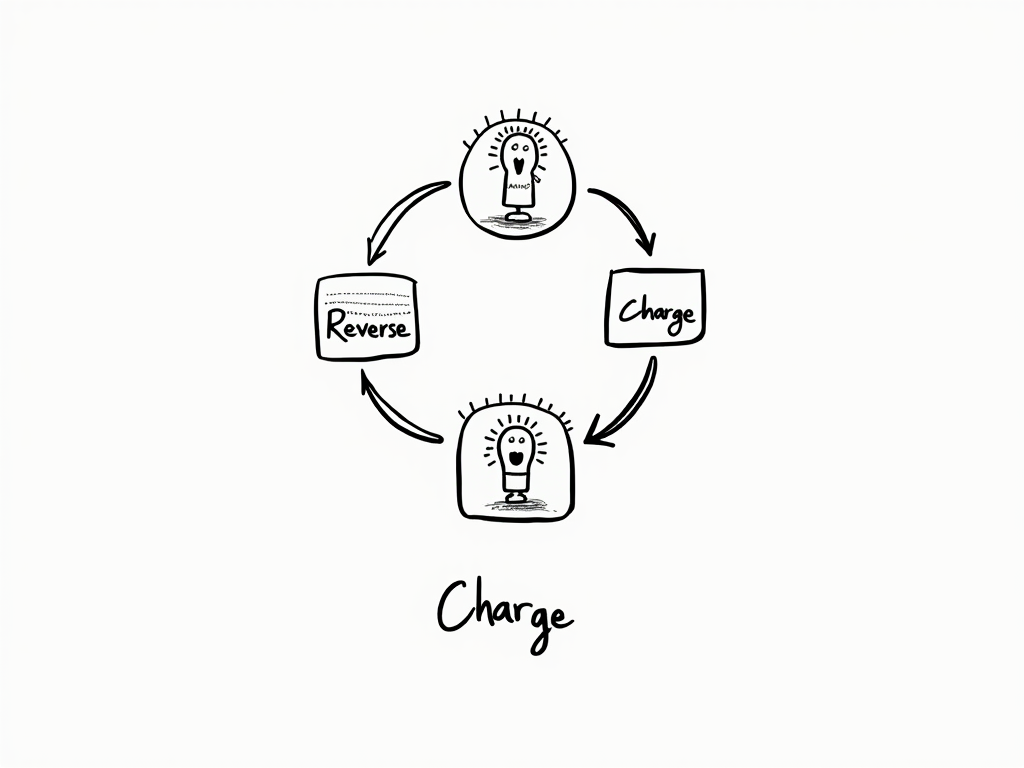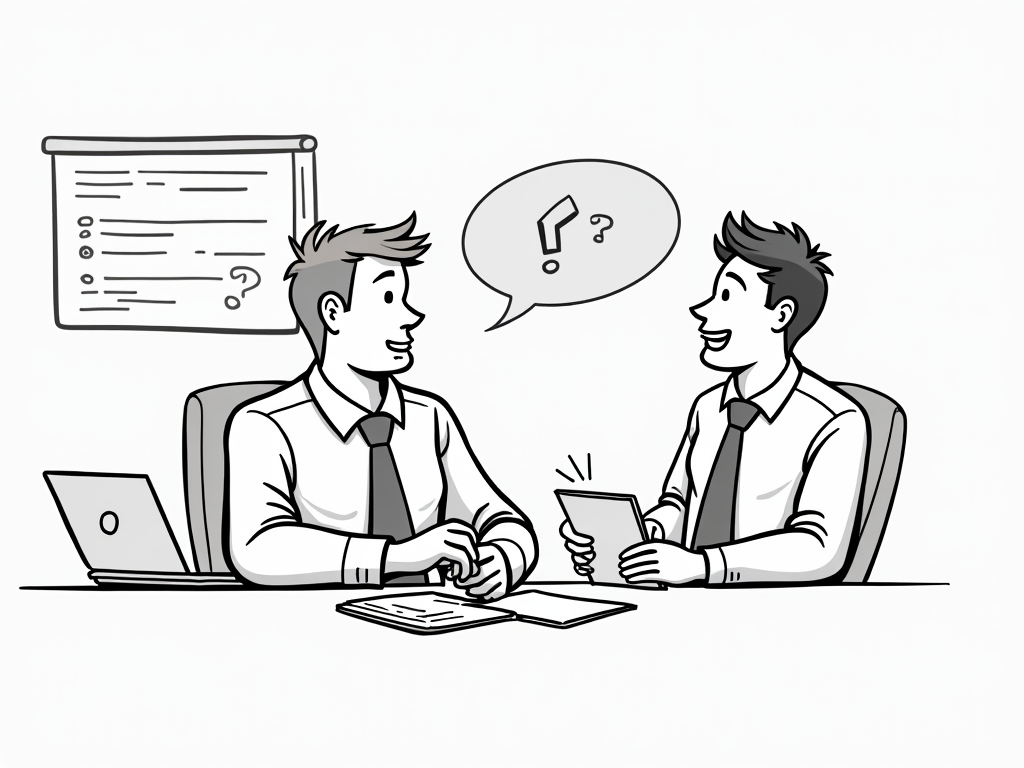
Business Expenses for Estonian Freelancers: What Can You Deduct?
Reading time: 12 minutes
Table of Contents
- Introduction: Navigating the Estonian Tax Landscape
- Eligible Business Expenses in Estonia
- Documentation Requirements: Building Your Defense
- Common Deduction Challenges and Solutions
- Strategic Expense Planning for Estonian Freelancers
- Real-World Expense Deduction Case Studies
- Conclusion: Balancing Compliance and Optimization
- Frequently Asked Questions
Introduction: Navigating the Estonian Tax Landscape
Ever felt overwhelmed trying to understand which business expenses you can legitimately deduct as an Estonian freelancer? You’re certainly not alone. Estonia’s digital-forward business environment offers significant advantages, but knowing exactly what expenses qualify for deduction can feel like navigating uncharted waters.
Here’s the straight talk: Effective expense management isn’t just about reducing your tax burden—it’s about creating a sustainable business model that allows your freelance operation to thrive. The Estonian tax system, while remarkably streamlined compared to many European counterparts, still requires strategic understanding to maximize your legitimate deductions.
Let’s imagine you’re a digital nomad developer who’s chosen Estonia’s e-Residency program to establish your freelance business. What expenses can you confidently deduct? Which might trigger unwanted attention from tax authorities? And most importantly, how can you structure your expense management to maintain compliance while optimizing your tax position?
This comprehensive guide will transform complexity into clarity, providing you with practical frameworks to make confident decisions about your business expenses in Estonia. From workspace considerations to travel deductions, we’ll cover essential ground that every Estonian freelancer should understand.
Eligible Business Expenses in Estonia
The fundamental principle of Estonian business expense deduction follows a universal concept: expenses must be directly related to business activities and necessary for generating income. However, the practical application of this principle warrants deeper exploration.
Workspace and Equipment Expenses
Working from home or a dedicated office? Either way, certain workspace expenses qualify for deduction:
- Home Office Deductions: If you’re using part of your residence exclusively for business, you can deduct proportional expenses. For example, if your home office occupies 20% of your living space, you can potentially deduct 20% of rent, utilities, and internet costs.
- Equipment Purchases: Computers, specialized tools, and necessary technology qualify as deductible expenses. For purchases over €2,000, depreciation rules typically apply.
- Software and Digital Tools: Subscriptions to essential software, cloud services, and digital tools directly related to your professional activities.
Quick Scenario: Kristina, a freelance graphic designer in Tallinn, purchased a high-end graphics tablet for €1,200 and professional design software with an annual subscription of €600. Both expenses are fully deductible as they directly serve her business operations. However, when she attempted to deduct her entire apartment rent, tax authorities requested clarification since only her designated workspace area qualified for deduction.
Operational and Service Expenses
The day-to-day operational expenses keep your freelance business running. Here’s what typically qualifies:
- Professional Services: Accounting services, legal consultations, and specialized business advice.
- Banking and Financial Services: Business account fees, payment processing fees, and currency exchange costs related to international clients.
- Professional Development: Courses, workshops, and materials that enhance your professional skills and directly benefit your business operations.
- Marketing and Advertising: Website costs, digital advertising, business cards, and promotional materials.
Pro Tip: The Estonian Tax and Customs Board (ETCB) often scrutinizes overlapping personal and business expenses. When claiming expenses like internet services or mobile plans, be prepared to demonstrate the business percentage use with supporting documentation.
Travel and Transportation Expenses
Mobility costs often represent significant expense opportunities for freelancers:
- Client Meetings: Travel expenses for client meetings, including transportation, accommodation, and meals (with specific limitations).
- Business Events: Attending conferences, trade shows, and networking events relevant to your field.
- Vehicle Expenses: If you use a vehicle for business purposes, you can deduct related expenses proportional to business use.
“Estonia’s tax framework allows freelancers to deduct legitimate business travel expenses, but the burden of proof lies with the taxpayer to demonstrate the business purpose,” explains Mart Kuusk, an Estonian tax advisor. “Maintaining clear records of the business purpose of each trip is absolutely essential.”
Documentation Requirements: Building Your Defense
Claiming deductions without proper documentation is like entering a courtroom without evidence—unlikely to end in your favor. Estonian tax authorities require organized documentation to support your expense claims:
- Invoices and Receipts: All expense claims must be supported by legitimate invoices or receipts that clearly identify the vendor, date, amount, and description of goods or services.
- Payment Verification: Bank statements or payment confirmations demonstrating that expenses were paid from your business account.
- Business Purpose Documentation: For travel, meetings, or entertainment expenses, document the business purpose, participants, and outcomes.
- Asset Records: For equipment and significant purchases, maintain records of acquisition, business purpose, and usage patterns.
The Estonian requirement for documentation follows a practical approach. Rather than focusing on excessive formalities, tax authorities primarily want to see clear evidence that:
- The expense actually occurred
- It was paid by your business
- It serves a legitimate business purpose
- It’s reasonable in nature and amount
Common Deduction Challenges and Solutions
Even with Estonia’s relatively straightforward tax system, freelancers regularly encounter specific challenges when claiming deductions:
Challenge #1: Mixed-Use Assets and Services
The Problem: When you use the same assets or services (like computers, phones, or internet) for both personal and business purposes, determining the deductible portion becomes complex.
The Solution: Implement a systematic tracking method to document business usage. For internet and utilities, consider a fixed percentage based on workspace allocation. For devices, track usage patterns over a representative period to establish a reasonable business percentage.
Challenge #2: International Service Purchases
The Problem: When purchasing services from international providers, VAT and documentation issues can complicate proper expense recording.
The Solution: Ensure international invoices contain all required information for Estonian accounting purposes. For significant service purchases, consider using reverse VAT charging where appropriate. Digital service subscriptions often require special attention to ensure VAT compliance.
Strategic Expense Planning for Estonian Freelancers
Beyond simply tracking existing expenses, strategic planning can help optimize your tax position:
Expense Timing Strategies: Estonia’s corporate tax system only taxes distributed profits, not retained earnings. This creates unique planning opportunities for when to incur significant expenses based on your cash flow and profit distribution plans.
Business Structure Considerations: Different business structures (sole proprietorship vs. OÜ) have different expense deduction implications. Sole proprietors face more limitations on certain expense categories compared to limited companies.
Investment vs. Expense Classification: Understanding when a purchase should be treated as an immediate expense versus a depreciable asset can significantly impact your tax position in a given year.
| Expense Category | Sole Proprietor Deductibility | OÜ (Limited Company) Deductibility | Documentation Requirements | Risk Level |
|---|---|---|---|---|
| Home Office | Partial (proportional) | Fully deductible with rental agreement | Floor plan, usage evidence, utility bills | Medium |
| Entertainment | Limited to 50% in specific circumstances | Limited to 50% with business purpose | Detailed purpose, attendees, outcomes | High |
| Professional Development | Fully deductible if directly related | Fully deductible | Course description, business relevance | Low |
| Vehicle Expenses | Proportional to business use with logbook | Multiple options including fixed-rate or actual expenses | Mileage log, business purpose records | Medium-High |
| Digital Subscriptions | Fully deductible if business-essential | Fully deductible | Subscription details, business purpose | Low |
Real-World Expense Deduction Case Studies
Case Study #1: The Digital Nomad Developer
Markus, a software developer from Germany, established an Estonian OÜ through the e-Residency program while traveling throughout Southeast Asia. His primary expense challenges involved:
- Demonstrating business purpose for his temporary workspaces in various countries
- Properly documenting international business travel between client locations
- Managing equipment purchases across different jurisdictions
Solution Implemented: Markus developed a detailed documentation system that included:
- A workspace journal with photos and descriptions of each location
- Digital calendaring that linked travel to specific client projects and meetings
- A comprehensive asset registry tracking all equipment regardless of purchase location
This system withstood scrutiny during a random tax authority review, with all claimed deductions being approved.
Case Study #2: The Content Creator
Anna, an Estonian content creator specializing in video production, faced challenges differentiating between personal and business expenses, particularly for:
- Camera equipment used for both professional projects and personal photography
- Travel that combined client work with personal exploration
- Home studio space that sometimes served social functions
Solution Implemented: Anna implemented:
- A clear business asset tagging system for all equipment with usage logs
- Detailed itineraries for mixed-purpose travel with time allocation records
- A formal home studio schedule documenting when the space was used for business versus personal purposes
While some expense claims required adjustment during her annual tax filing, the systematic approach prevented any penalties or significant disallowances.
Conclusion: Balancing Compliance and Optimization
Navigating Estonian business expense deductions isn’t about finding loopholes—it’s about understanding the legitimate framework that allows you to properly classify and document expenses that genuinely support your business activities. The Estonian system offers remarkable flexibility, particularly for digital businesses, but requires diligent attention to proper documentation and business purpose.
The most successful Estonian freelancers approach expense management proactively, implementing systems that naturally capture the necessary documentation as part of their regular workflow rather than scrambling to piece together records at tax time.
Remember that the fundamental questions that should guide your expense decisions are:
- Does this expense directly contribute to my business operations?
- Can I clearly demonstrate how it relates to revenue generation?
- Have I maintained proper documentation that would satisfy an objective reviewer?
By approaching expense management with these principles and the specific strategies outlined in this guide, you can confidently navigate the Estonian tax landscape while focusing your energy on what matters most—growing your freelance business.
Frequently Asked Questions
Can I deduct expenses incurred before officially registering my Estonian business?
Expenses incurred before official registration generally cannot be deducted retroactively. However, there are specific exceptions for essential formation expenses. The Estonian tax code allows limited companies (OÜs) to deduct certain pre-formation expenses if they are directly related to establishing the business and are properly documented. These might include legal consultation fees, registration costs, and essential equipment purchased with clear intent for the forthcoming business. Sole proprietors face more restrictions on pre-registration expenses, making timing particularly important. The key is demonstrating clear business intent and maintaining impeccable documentation from the beginning.
How does Estonia handle deductions for international travel when I work with clients in multiple countries?
Estonia takes a pragmatic approach to international travel deductions, focusing on business purpose rather than arbitrary limitations. To successfully deduct international travel expenses, you must clearly document the business necessity of each trip, including client meeting agendas, project work completed during travel, and the direct relationship to income generation. The Estonian Tax and Customs Board typically looks for a predominant business purpose, though trips can include some personal time if properly allocated. Mixed-purpose travel requires careful expense splitting—for example, you might deduct airfare if the primary trip purpose was business, but personally cover accommodation for days with no business activities. Maintaining a detailed travel log with supporting evidence is absolutely essential.
What are the most commonly rejected expense deductions for Estonian freelancers and how can I avoid them?
The most frequently rejected deductions typically involve inadequate documentation rather than questionable expense categories. Personal expenses thinly disguised as business costs (particularly entertainment, high-end electronics with minimal business use, and residential costs without clear workspace designation) face the highest rejection rates. Vehicle expenses without proper mileage logs and business purpose records are particularly vulnerable to challenge. To avoid rejections, implement a systematic approach to expense documentation that captures the business purpose contemporaneously rather than reconstructing it later. Maintain clear separation between personal and business expenses, ideally using dedicated business accounts and payment methods. Finally, consider consulting with an Estonian tax professional for periodic reviews of your documentation system to identify potential weaknesses before they become problematic during a tax authority review.



